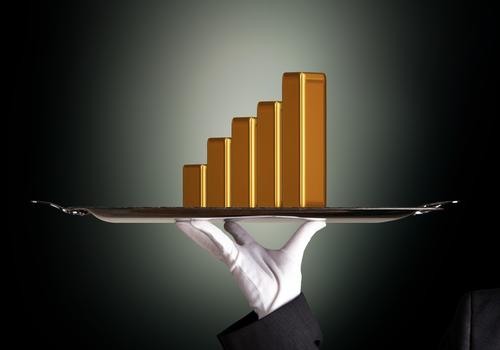Lean Thinking, Green Results

How can we get more from what we have? That was the key question the nascent Japanese auto industry asked itself in the 1970s and 1980s as it was looking to catch up with Detroit. The answer was a manufacturing approach known as lean thinking.
What’s the Big Idea?
During the Great Recession, as Dominic Basulto pointed out, lean thinking was so much in vogue that even Starbucks — the antithesis of a fast food joint — hired Scott Heydon as VP of Lean Thinking. Heydon was a veteran of the Japanese lean manufacturing system. According to The Wall Street Journal, Heydon, along with a 10-person “lean team” would travel “from region to region armed with a stopwatch and a Mr. Potato Head toy that they challenge managers to put together and re-box in less than 45 seconds.”
Heydon’s mission was to reduce waste and free up time for baristas to interact with customers. This Japanese-style efficiency would have other rewards for the company. Saving a few seconds in the process of making a coffee could allow the company to downsize its staff. According to the Journal, “if Starbucks can reduce the time each employee spends making a drink, [Heydon] says, the company could make more drinks with the same number of workers or have fewer workers.”
In the age of online shopping, lean retail has greatly evolved. The competition is fierce, with consumers comparison shopping to find the lowest price. Therefore technology is utilized wherever posible to lower costs and enable innovation.
In a recent interview with Big Think, Sir Terry Leahy, the former CEO of the British retail giant Tesco and the author of Management in 10 Words, described how lean thinking has been applied to the supply chain of retailing and dramatically approved efficiency.
Watch the video here:
What’s the Significance?
Leahy took Tesco from a struggling company to become Britain’s largest private employer and the third-largest supermarket in the world, offering banking and insurance as well as fruit and vegetables.
Leahy tells us that lean thinking not only improved his bottom line, it did so in unexpected ways. For instance, lean thinking can be applied to the challenges of sustainability and conserving natural resources. Leahy asked the question, “How can we actually get more consumption, better goods and services, but rely less on scarce natural resources like energy and water and so on?”
In order to cut its carbon emissions and get on the path to becoming a zero carbon business by 2050, Leahy said Tesco had to “completely redesign how we operate our stores.” That meant new lighting systems, new refrigeration systems, new materials, new ways of powering the stores. Lean thinking also need to go down the supply chain, so farmers and manufacturers were compelled to reduce their carbon emissions as well.
What Leahy found is that as Tesco became more environmentally friendly, it became more profitable as a business. That is a lesson that is not lost on American retail giants like Walmart either. And yet, ultimately, according to Leahy, there is a moral benefit to lean thinking: Employees don’t like to waste things, or throw things away. “That’s not how they live their lives,” Leahy says. “So they appreciate it when they see the organization trying to do the right thing.”
Image courtesy of Shutterstock
Follow Daniel Honan on Twitter @Daniel Honan





